
The advent of the Nokia N90 and then the N93 and N73, with proper auto-focus, was memorable for me, at least. For the first time, I could take super-arty close-ups that were perfectly in focus. eBay auction photos benefitted hugely and I assumed that my still photos of the rest of my life would also improve.
Unfortunately, real life photography for the man in the street hasn't quite turned out this way.
A perfect day?
Let's take a typical example: friends round with their offspring, we spend some time together and then all go off for a walk in the sunshine. A good day to have a decent camera-equipped smartphone, you might think.
BUT
There are two problems with auto-focussing cameras in S60 smartphones. The first is that the focussing mechanism takes between one and three seconds to 'lock on'. When you're trying to capture some zany thing your kids are doing, three seconds is an eternity. Or you might be asking friends to pose, in which case you're going to be saying 'Hang on, hang ooonnnnnnn...... OK, got it'. By which time their spontaneous cheerfulness will have turned to a slightly forced smile.
The second problem is that because smartphones like the N90, N73 and N93 (and now N95) take photos in an obvious 'camera-like' attitude, as opposed to simply holding your phone in the traditional candy bar way, your subjects are utterly alerted to what you're up to, making it very hard to catch them. Not a huge problem for adults (although wives and girlfriends are often very camera-shy) but children can get incredibly wary once they hit about seven (as I am finding out, first hand).
The first problem can be overcome by setting your N73 or N93 to 'landscape' mode, i.e. telling it not to auto-focus at all, but there's still the second 'obviousness' problem to overcome.
The alternative
The alternative, of course, is to use an S60 smartphone with a good-ish camera that takes snaps in a less obvious way and which doesn't auto-focus. Examples include the Nokia N70, N71, N72, E70, E61i and several more. All of which have two megapixel cameras of roughly the same quality.
But, I wondered, just how much quality is being sacrificed by settling for a lesser camera and, more importantly, does the lower quality matter?
Testing, testing... which is which?
To test this, I took the Nokia E70, N93 and N95 out on a bright winter morning and took two photos on each device, one of a close-up object (the rear light cluster of my car) and one of a landscape scene (looking down the road). The light levels and vantage points were near identical in each case, so we can compare the results directly.
To make the test fair and to take into account the second question above, that of whether the lower resolution and quality matters, I resampled the results of each to VGA, 640 by 480 pixels. This is about the largest you'd use a photo in your web site or photo blog - and it's also about as large as you'd produce a printed version of one of your snaps. So, on with the photos, now at VGA resolution on this page, and let's see if you can guess which one's which.
Starting with the close-up of the light cluster:
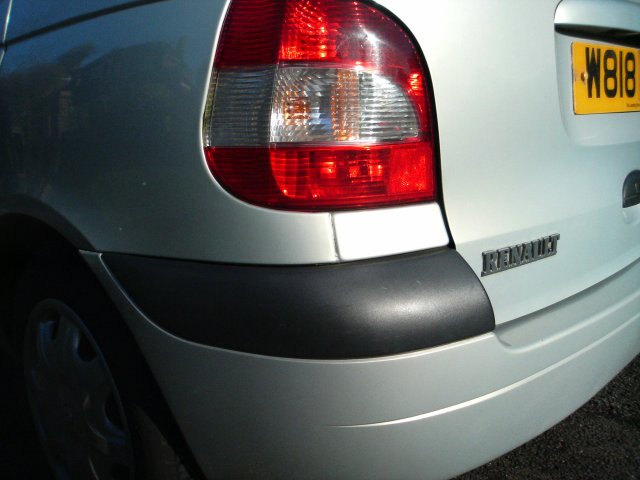
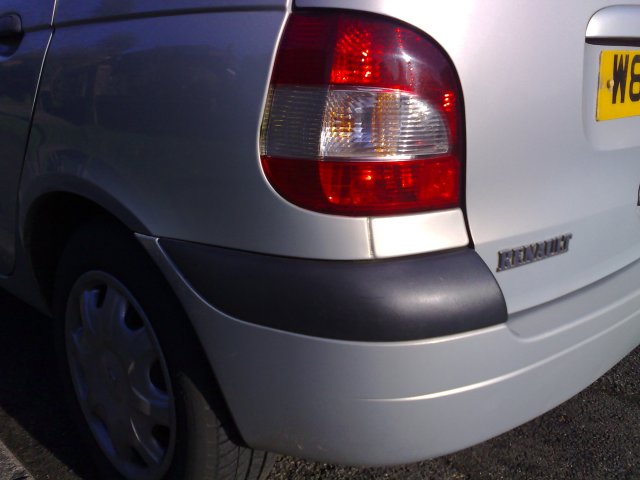
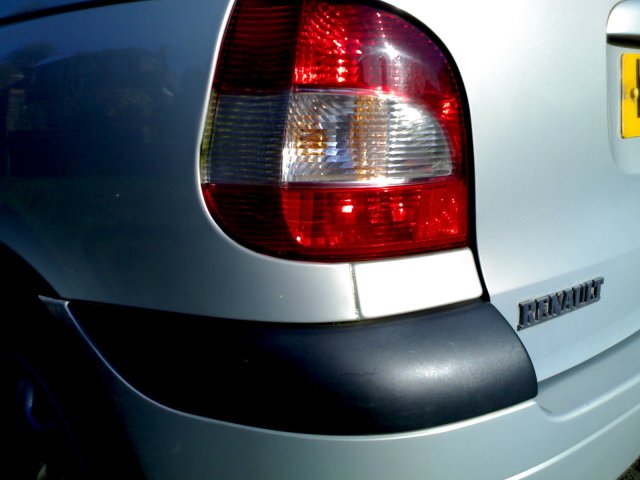
Can you spot which photo was taken with which device? The order is N93 - N95 - E70. Surprisingly, even on a (1 metre) close-up subject test, the output of the typical 2 megapixel camera in most of Nokia's S60 range is effectively identical to that of the its much more highly specified relatives - at least, when the photos are reduced to typical usage size.
What about a landscape shot? I'll mix up the photos again.
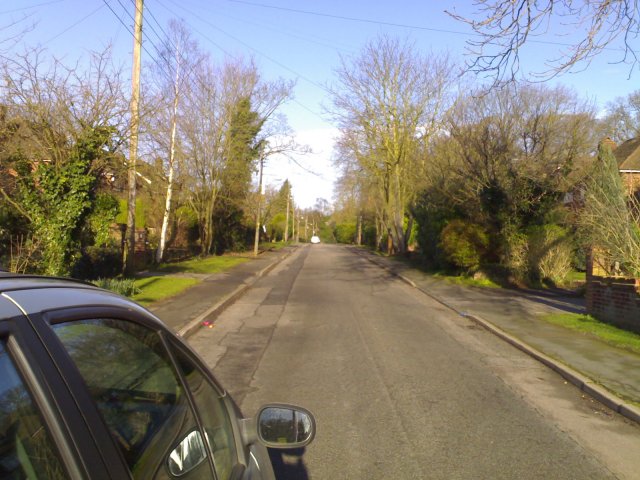
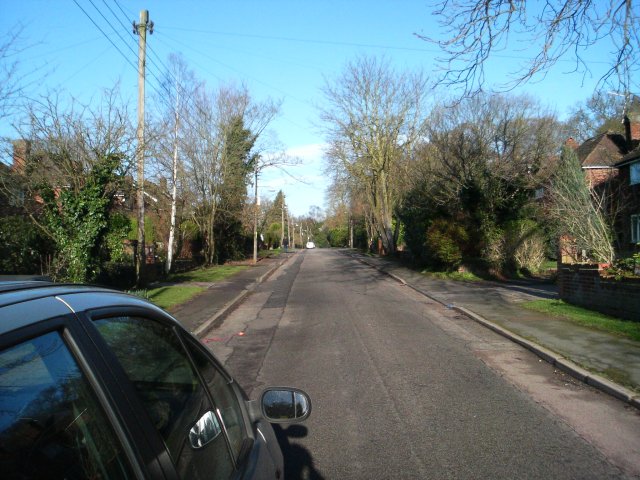
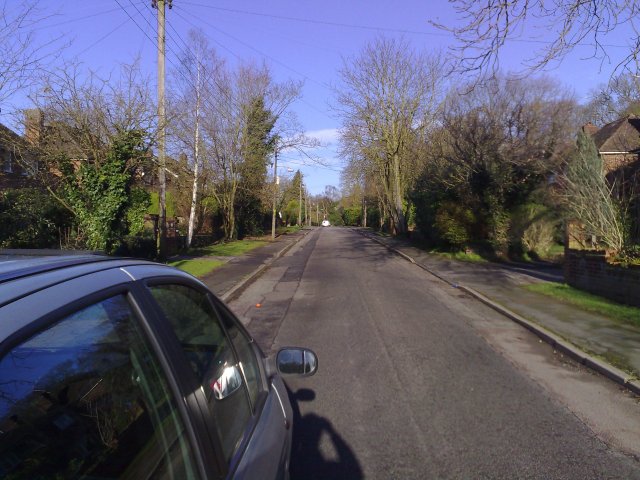
You'll get it right this time, I think. The N95's last and gives its game away by adding an awful purple tint to the sky - let's hope this is fixed in final firmware - while the top photo has significantly less contrast then the other two, and predictably comes from the E70. You have to look closely at areas of high detail (twigs, leaves) to spot the difference though, most people would happily settle for the 2 megapixel, non-Carl Zeiss lensed version if they hadn't seen anything better.
My point here is that, for typical photo blog and print use at 6" by 4", the point-and-shoot simplicity of the cameras in the N70, E70, etc. can be superior. Not in absolute image terms, of course (though they're not far off, as the snaps above prove), but in terms of having a far faster time-to-shot (a fraction of a second), meaning that you can grab precious moments without having to stand there waiting, cursing the presence of auto-focus.
And if the ubiquitousness of the likes of the N70 and E70 means that you can grab candid shots that wouldn't be as easy with obvious camera-centric specialists like the N73, then the humble 2mp camera scores again.
Food for thought, anyway, when you're browsing the smartphone spec sheets for your next purchase! Less is sometimes more....
Steve Litchfield, 4 March 2007
